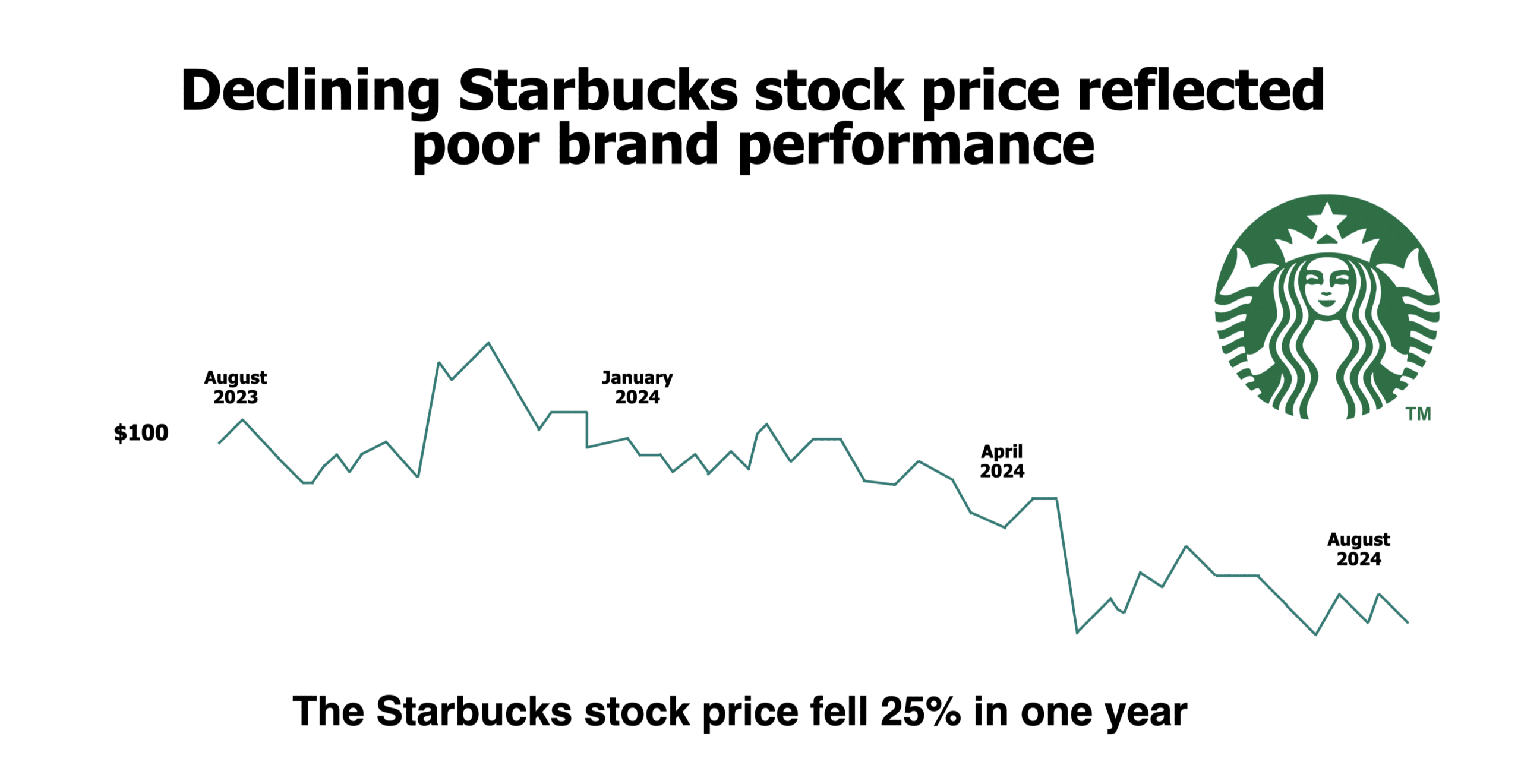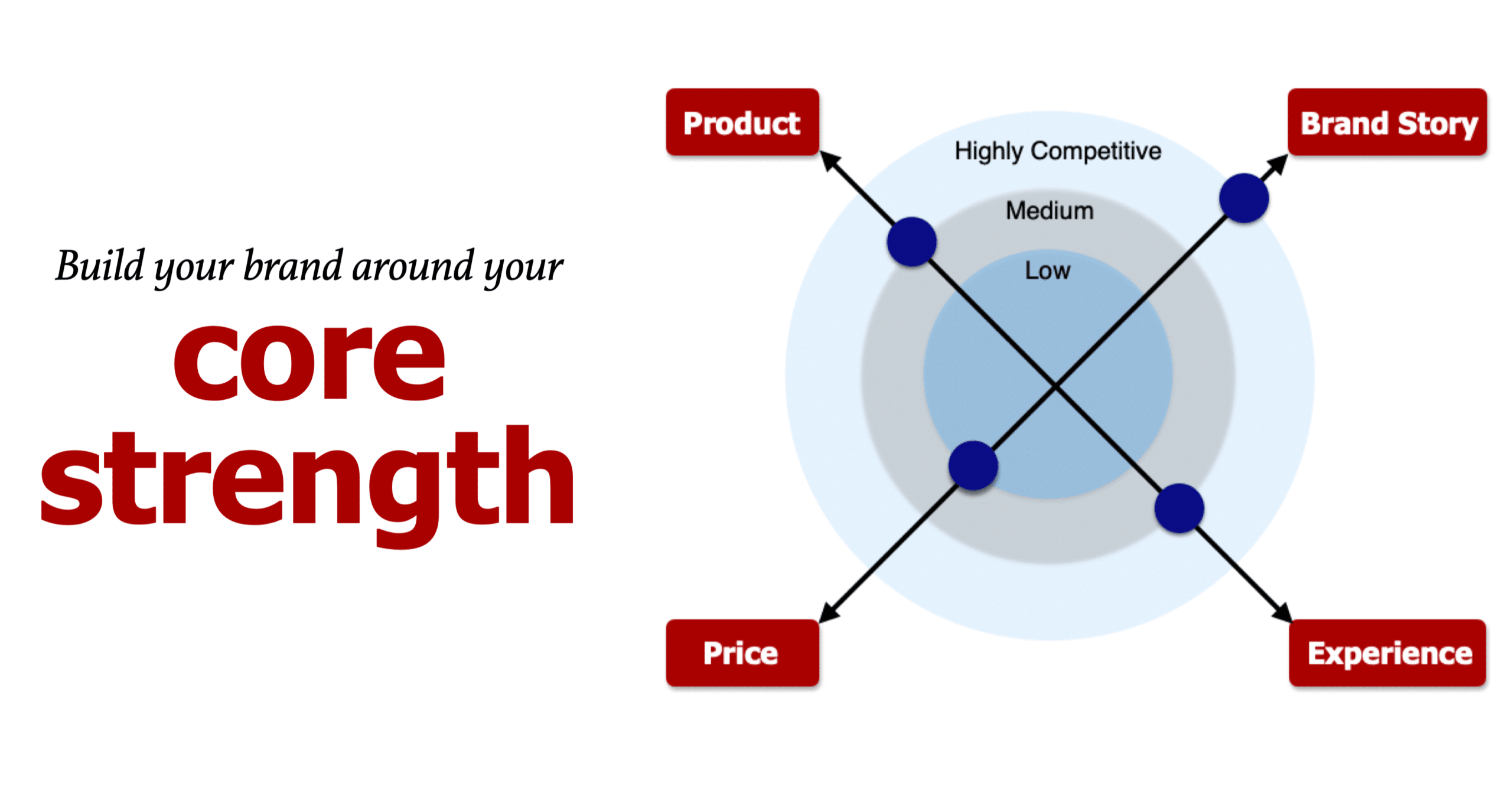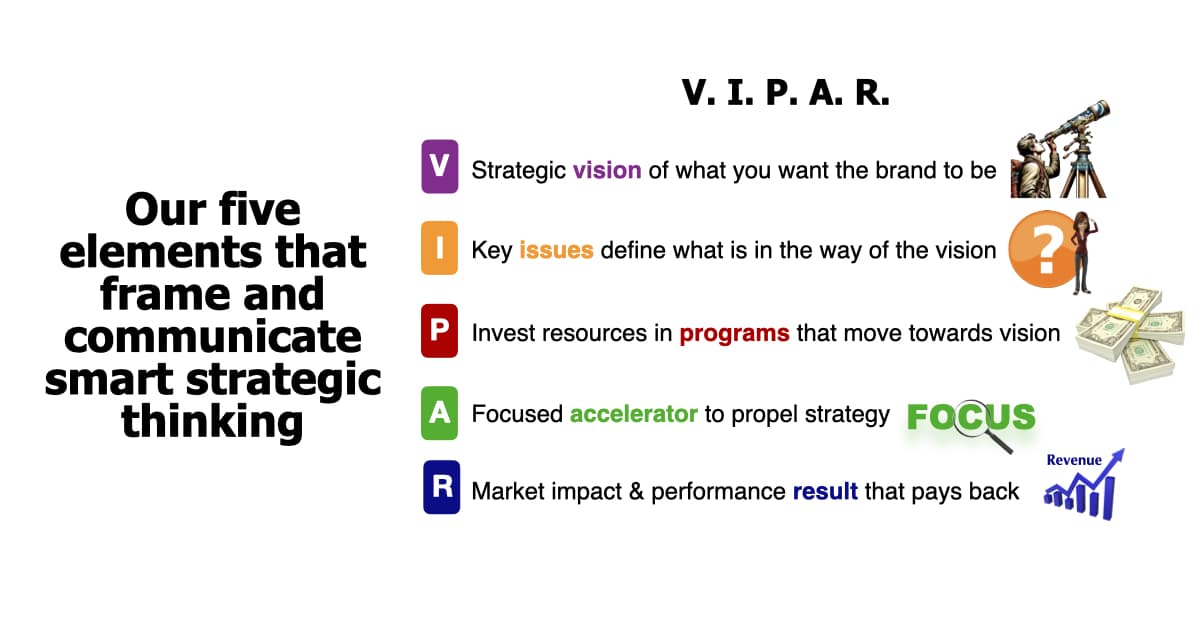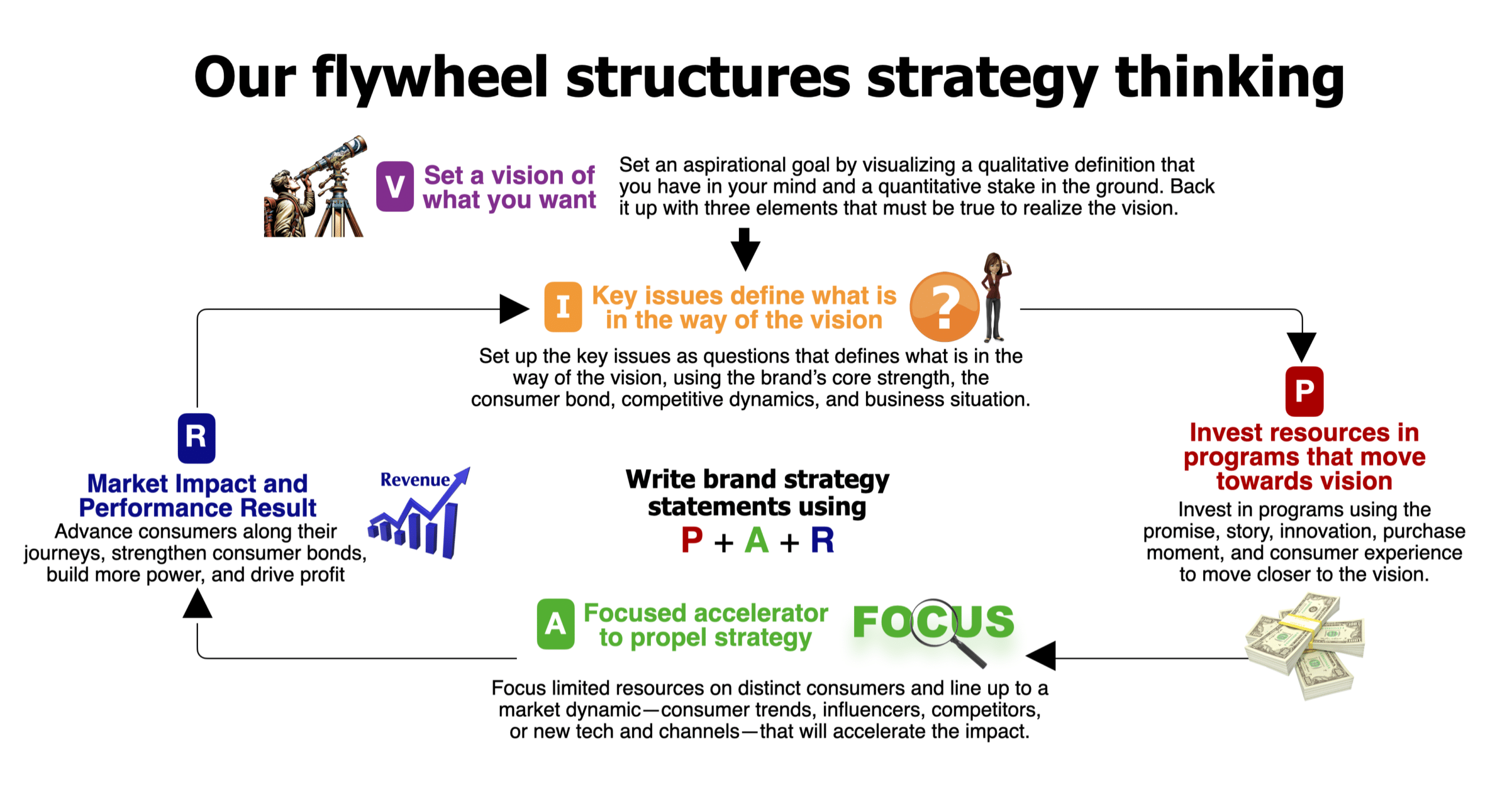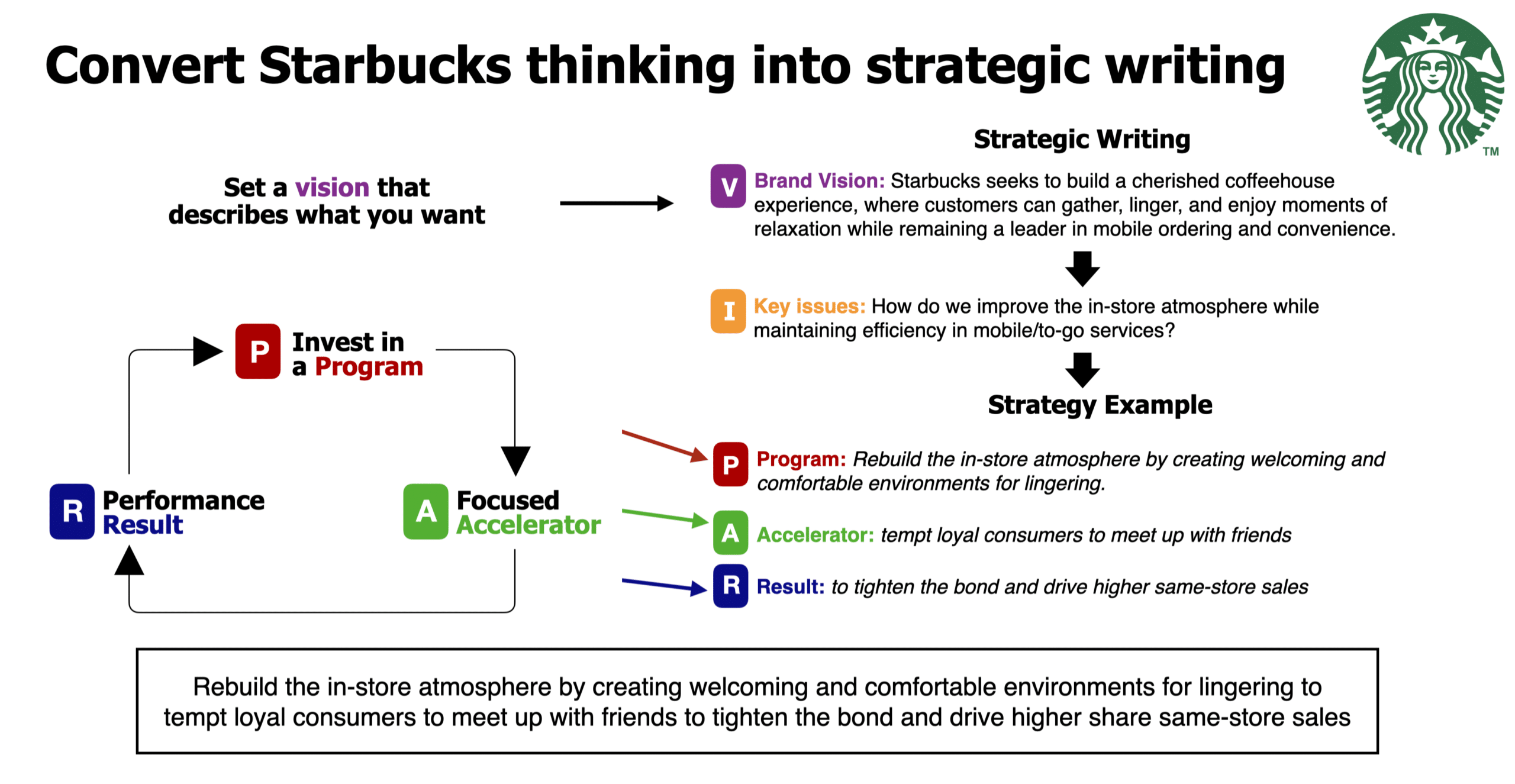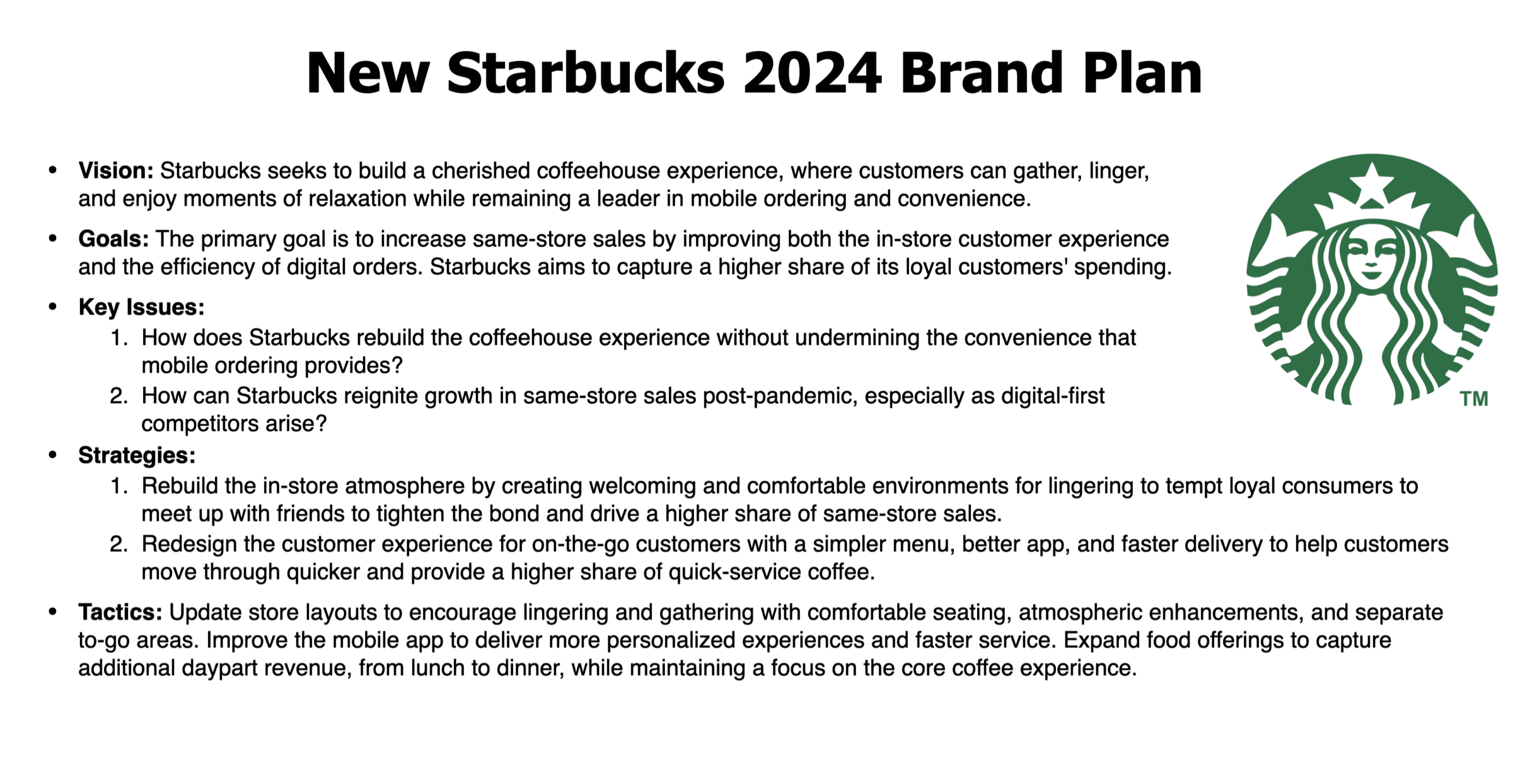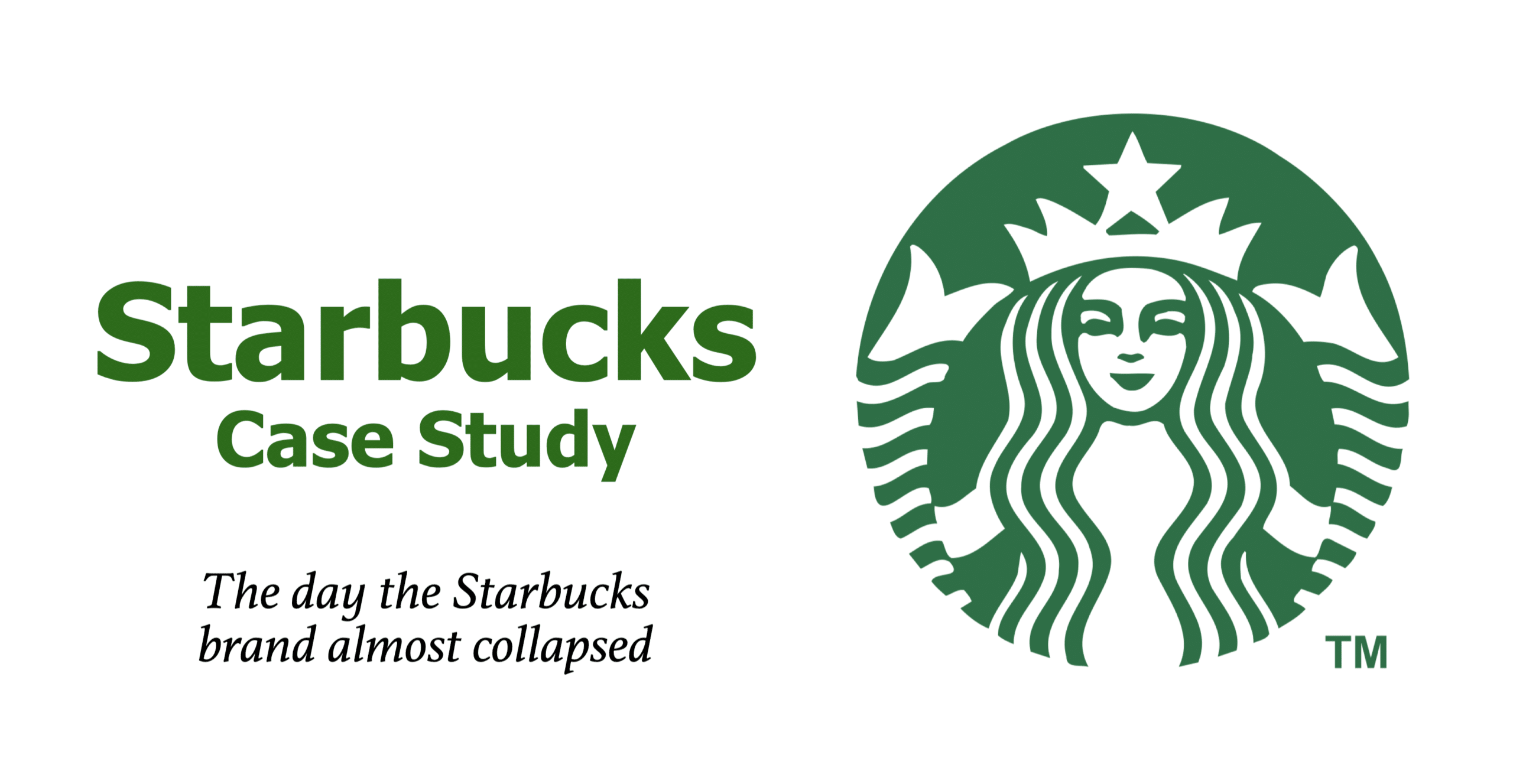Starbucks, the global coffeehouse giant, is once again at a crossroads. Much like in 2008, when the brand faced an identity crisis and financial freefall, the company now finds itself grappling with challenges in maintaining its core coffeehouse experience. Under the leadership of new CEO Brian Niccol, Starbucks is poised to shift focus back to what made it iconic: providing a welcoming, inviting space for customers. Our Starbucks Case Study explores how, under Niccol’s leadership, Starbucks plans to address these challenges, comparing it with the Starbucks 2008 turnaround under Howard Schultz.

Starbucks Case study for 2024 - Table of Contents
The Starbucks crisis of 2024 saw them lose focus on what they do best
Starbucks poor performance led to replacing their CEO
In recent years, Starbucks leaned heavily into mobile ordering and to-go services, particularly during the pandemic. While this approach successfully maintained sales, it alienated core customers seeking the cozy, inviting atmosphere Starbucks had originally become known for. As a result, the Starbucks brand lost its focus, leading to a transactional feel that distanced loyal customers. Throughout 2024, the poor results caught up to them, as Starbucks’ stock price fell 20-25%, going from $100 down below $80, costing their CEO his job.
To illustrate, click on the image above to view the stock price performance in our Starbucks Case Study.
Parallels with 2008
In 2008, Starbucks had stretched beyond coffee, dabbling in music, film, and entertainment, which diverted attention from its core business. Similarly, in 2024, the overemphasis on convenience and digital ordering caused the in-store experience to deteriorate, much like the brand’s foray into non-coffee ventures 16 years earlier.
The best brands build everything around their core strength
To be loved and successful, brands must know who they are and stand with pride, conviction, and confidence. What is your brand’s superpower? What is your brand’s secret sauce?
Too many brands try to clutter their brand positioning with a few core strengths, so they end up with no real perceived strength that stands out. Our core strength model forces you to select one of four possible options to win: product, brand story, experience, or price. Many marketers’ immediate response is an urge to pick two or three core strengths, believing the myth that having many strengths makes your brand stronger. A focus will make your brand stronger.
Here is the game I have created to help you choose your brand’s core strength.
- Using the diagram below, start with four chips. You must place one chip where you believe you have the highest competitive advantage to win.
- Then, put two chips at the medium level that back up and support the core strength.
- Finally, the game forces one chip to be at the low end, almost a throwaway weakness that will not be part of the strategy.
To illustrate, click the image above to view the core strength model supporting our Starbucks Case Study.
Starbucks is more than just coffee. They are an experience-led brand.
In some blind taste tests, Starbucks coffee finishes middle of the pack. However, there is something about the Starbucks experience that has consumers lined up and ready to pay twice as much for that average cup of coffee. The brand views itself as being in the “moments” business. It stresses the importance of the culture with its staff. Employees wear their green aprons with pride. Clearly, Starbucks uses service values to deliver incredible guest experiences.
What is an experience led brand?
When the consumer experience is your brand’s lead strength, the strategy and organization should focus on creating a link between your culture and brand. Make sure your capabilities line up by investing in your people. They are your product. Use your brand purpose (“Why you do what you do”) and brand values to inspire and guide the service behaviors of your people. Then, build a culture and organization with the right people who can deliver incredible experiences.
Experience-led brands need to be patient with how fast they build the brand, as the quick mass media approach might not be as fast or efficient as the product-led or idea-led brands. The most effective communication tools for consumer experience-led brands include word of mouth, earned media, social media, online consumer reviews, the voice of key influencers, and consumer testimonials. These brands can make a mistake if they put too much emphasis on price, which can diminish the perceived consumer experience.
Some of the best consumer experience-led brands include Ritz-Carlton, Emirates Airline, Airbnb, T-Mobile, Amazon, Chick-fil-A, Trader Joe’s, LuluLemon, Zappos, TopGolf, and Starbucks.
New Starbucks strategy returns to the basics of consumer experience
Brian Niccol’s plan centers on returning to the basics.
In recent years, Starbucks has prioritized mobile app orders and reduced seating in its cafes, strained store operations, and disrupted the cozy, inviting atmosphere the brand had built over decades.
The new CEO, Brian Niccol, initially focuses on revitalizing the U.S. market. His strategy includes investing in technology, strengthening the supply chain, and enhancing the mobile ordering experience. Niccol’s goal is to restore Starbucks as a welcoming gathering space, a hallmark of its early success. This includes redesigning physical stores to differentiate dine-in and to-go services and improve the overall customer experience.
A recent quote from Niccol:
“In some places — especially in the U.S. — we aren’t always delivering. It can feel transactional, menus can feel overwhelming, the product is inconsistent, the wait too long, or the handoff too hectic. These moments are opportunities for us to do better.”
Smart strategic thinking will allow Starbucks to complete its turnaround plan
We can use our five elements of strategic thinking tool to map out Starbucks’s strategic thinking, including its vision, key issues, strategic investments, focused accelerator, and performance results.
To illustrate, click the image above to view five elements of strategic thinking supporting our Starbucks Case Study.
Set a vision of what you want
Set an aspirational goal by visualizing a qualitative definition that you have in your mind and a quantitative stake in the ground. Back it up with three elements that must be true to realize the vision.
For Starbucks
- Brian Niccol’s vision is to restore Starbucks to its roots as a welcoming coffeehouse where customers linger, relax, and enjoy the finest handcrafted coffee while maintaining leadership in digital and mobile ordering.
Key issues define what is in the way of the vision
Set up the key issues as questions that defines what is in the way of the vision, using the brand’s core strength, the consumer bond, competitive dynamics, and business situation.
For Starbucks
- How do we fix the digital experience without further alienating in-store customers?
- How do we improve the in-store atmosphere while maintaining efficiency in mobile/to-go services?
- How do we regain the loyalty of our core customers, who have felt disconnected from the brand?
Invest resources in programs that move towards vision
Invest in programs using the promise, story, innovation, purchase moment, and consumer experience to move closer to the vision.
For Starbucks
- Invest in technology upgrades for the mobile app, making ordering seamless and customizable for every customer.
- Retrain baristas to focus on customer experience, ensuring a personal touch whether customers dine in or on the go.
- Redesign stores to create separate spaces for dine-in and mobile orders, ensuring the in-store experience is special
Focused accelerator to propel strategy
Focus limited resources on distinct consumers and line up to a market dynamic—consumer trends, influencers, competitors, or new tech and channels—that will accelerate the impact.
For Starbucks
- Rebuild the in-store atmosphere by creating welcoming and comfortable environments for lingering.
- Leverage loyalty programs through the mobile app to engage both digital and in-store customers.
- Improve efficiency during peak times without sacrificing the intimate feel of the store, especially in the mornings.
Market Impact and Performance Result
Advance consumers along their journeys, strengthen consumer bonds, build more power, and drive profit.
For Starbucks
- The new Starbucks strategy will result in higher same-store sales through a balanced mix of digital and in-store orders, increased customer satisfaction, and improved brand loyalty. Starbucks will see a renewed connection with its core customers, who will experience both the convenience of digital services and the warmth of the in-store experience.
To illustrate, click the image above to view five elements of strategic thinking supporting our Starbucks Case Study.
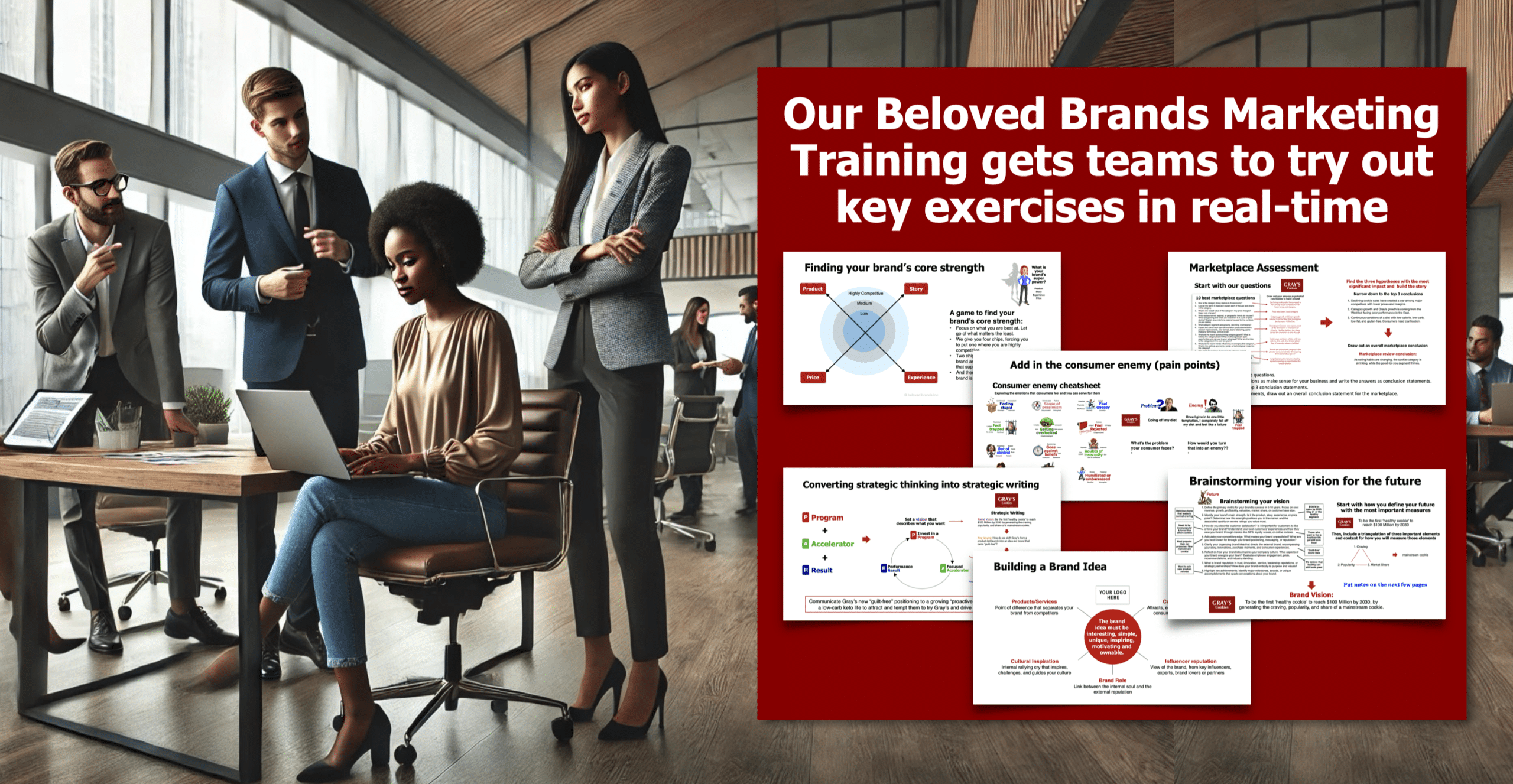
Turning your strategic thinking into strategic statements
Let’s look at how to turn your smart strategic thinking into writing a strategic objective statement that can provide specific marching orders to everyone working on the brand.
We want our process to cover all five elements of smart strategic thinking. Above, you can see the (V) brand vision and (I) key issue statement we developed through our Strategic ThinkBox. The vision covers the first strategic element. Next, you need a strategy statement to cover the remaining three other strategic elements: (P) program investment, (A) focused accelerator, and (R) performance result based on the market impact.
Here’s how that brand strategy statement includes all three remaining elements:
Build programs to deliver the vision:
The investment in programs to deliver the strategy whether you are building the brand promise, brand story, purchase moment, product innovation, and consumer experience. These crystal-clear marching orders to the team leave no room for doubt, confusion, or hesitation. For Starbucks, the strategic capability is to “Rebuild the in-store atmosphere by creating welcoming and comfortable environments for lingering.”
Focused Accelerator:
A trend accelerator already happening in the market that can accelerate your strategy. In this example, the focused accelerator is “to tempt loyal consumers to meet up with friends at Starbucks.”
Performance result:
Drive a specific performance result linked to the market impact, making the brand more powerful or profitable. In this example, the result is “ to tighten the bond and drive higher same-store sales.”
To illustrate, click the image above to view five elements of the strategic statement supporting our Starbucks Case Study.
Starbucks Strategy Stament
Rebuild the in-store atmosphere by creating welcoming and comfortable environments for lingering to tempt loyal consumers to meet up with friends to tighten the bond and drive higher share same-store sales.
The Starbucks 2024 Brand Plan
Vision:
Starbucks seeks to build a cherished coffeehouse experience, where customers can gather, linger, and enjoy moments of relaxation while remaining a leader in mobile ordering and convenience.
Goals:
The primary goal is to increase same-store sales by improving both the in-store customer experience and the efficiency of digital orders. Starbucks aims to capture a higher share of its loyal customers’ spending.
Key Issues:
- How do we rebuild the coffeehouse experience without undermining the convenience that mobile ordering provides?
- How do we make the mobile experience simpler and more efficient?
Strategies:
- Rebuild the in-store atmosphere by creating welcoming and comfortable environments for lingering to tempt loyal consumers to meet up with friends to tighten the bond and drive higher share same-store sales.
- Redesign the customer experience for on-the-go customers with a simpler menu, better app, and faster delivery to help customers move through quicker and provide a higher share of quick-service coffee.
Tactics:
- Update store layouts to encourage lingering and gathering with comfortable seating, atmospheric enhancements, and separate to-go areas.
- Improve the mobile app to deliver more personalized experiences and faster service.
- Expand food offerings to capture additional daypart revenue, from lunch to dinner, while maintaining a focus on the core coffee experience.
To illustrate, click the image above to view our Starbucks Brand Plan supporting our Starbucks Case Study.


